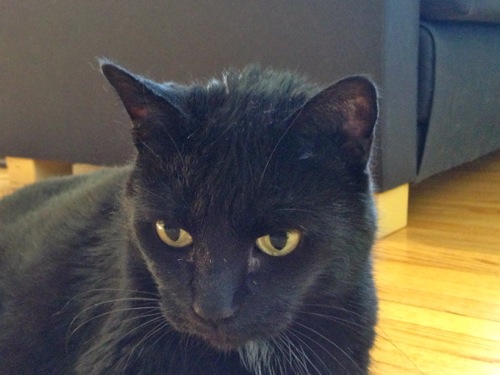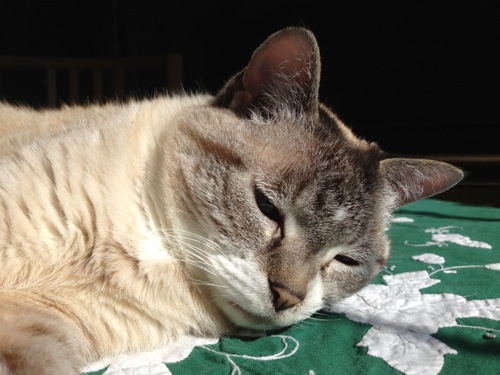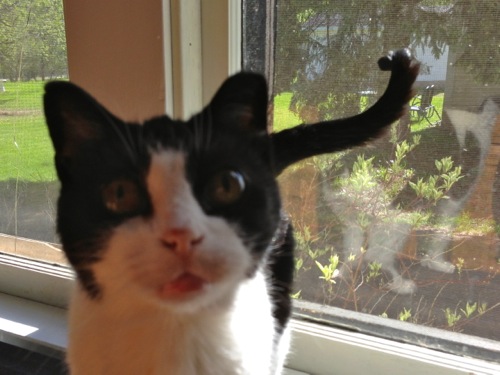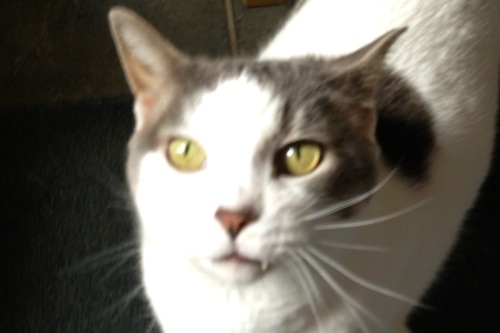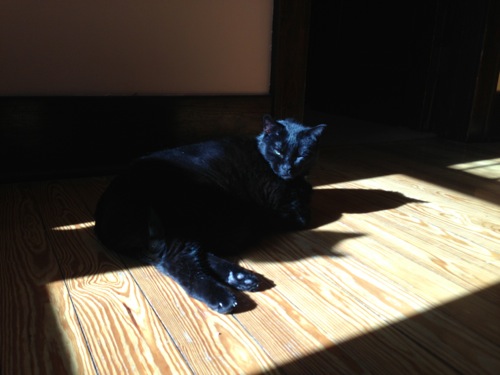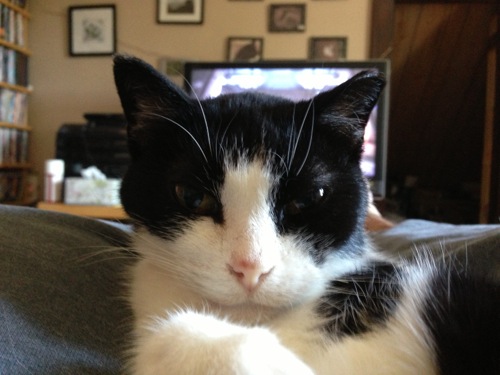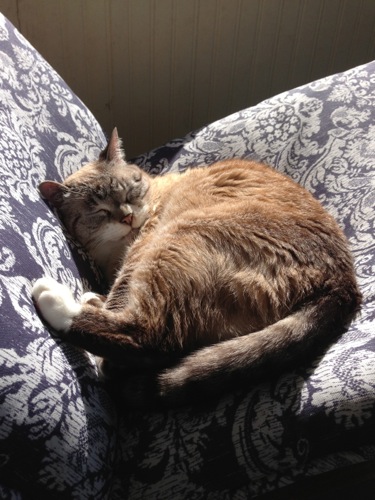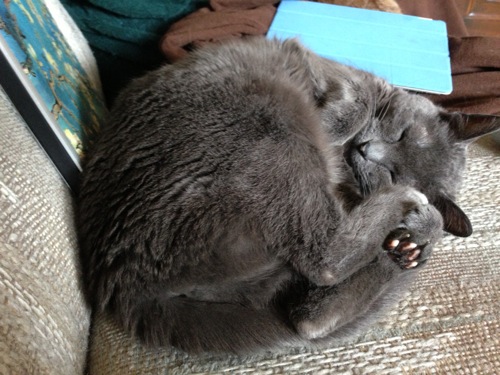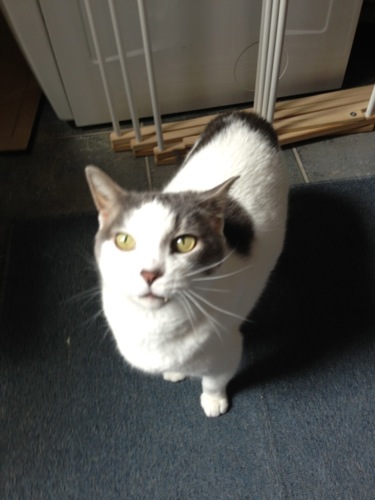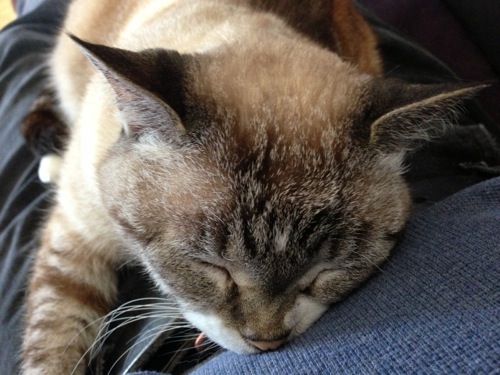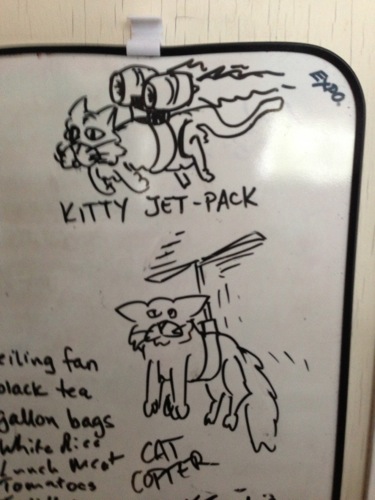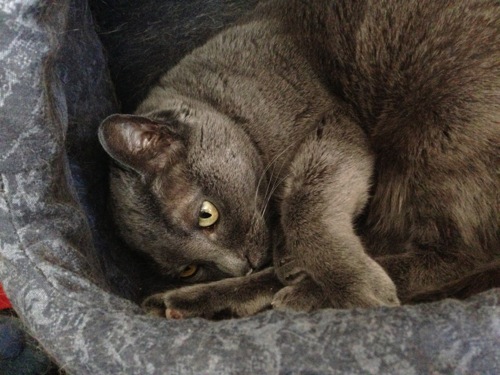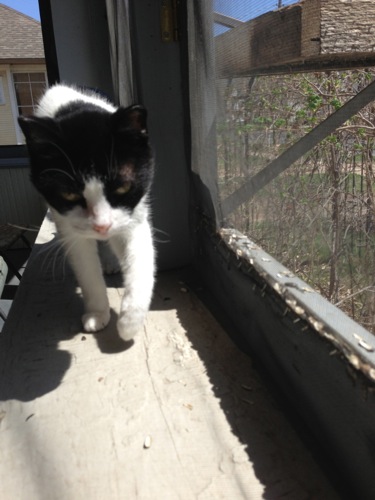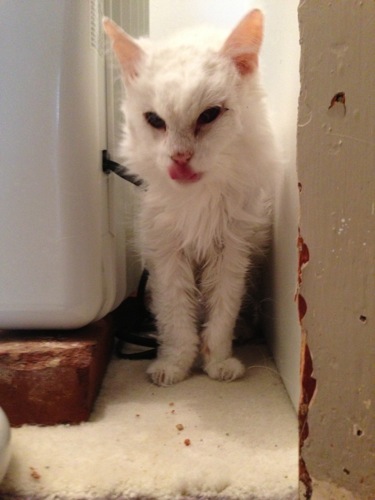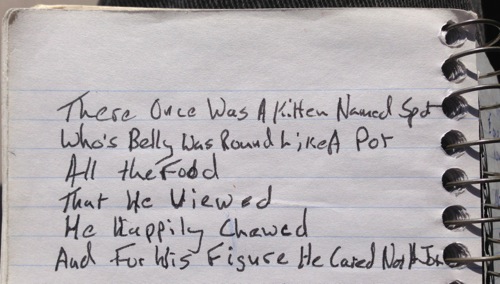Found these in an old writing thread (circa 2002). Someone had sent a friend some added stanzas for the song “That’s Amore.”
So the original verse looked like this:
When the moon hits your eye
Like a big pizza pie
That’s amore.
Someone else had added these, among others:
When an eel bites your hand
And that’s not what you planned
That’s a moray.
When our habits are strange
And our customs deranged
That’s our mores.
Which led the following to crawl out of my brain:
When a Greek serves you wine
and the vase tastes of pine
That’s amphorae
When the man on the stage
Croons songs all the rage
That’s Mel Torme
When the cook in the kitchen
Makes food that’s bewitchin’
That’s a gourmet
Here are two more really bad ones that I threw into the original post (I include these mainly as an example of the sorts of thing that I would normally delete and that my archivist insists should be saved for posterity):
When the queen of the elves
Makes men lose themselves
She’s a glamour fey
When the sound of your poems
Are drowned out by groans
That’s the clamor way


